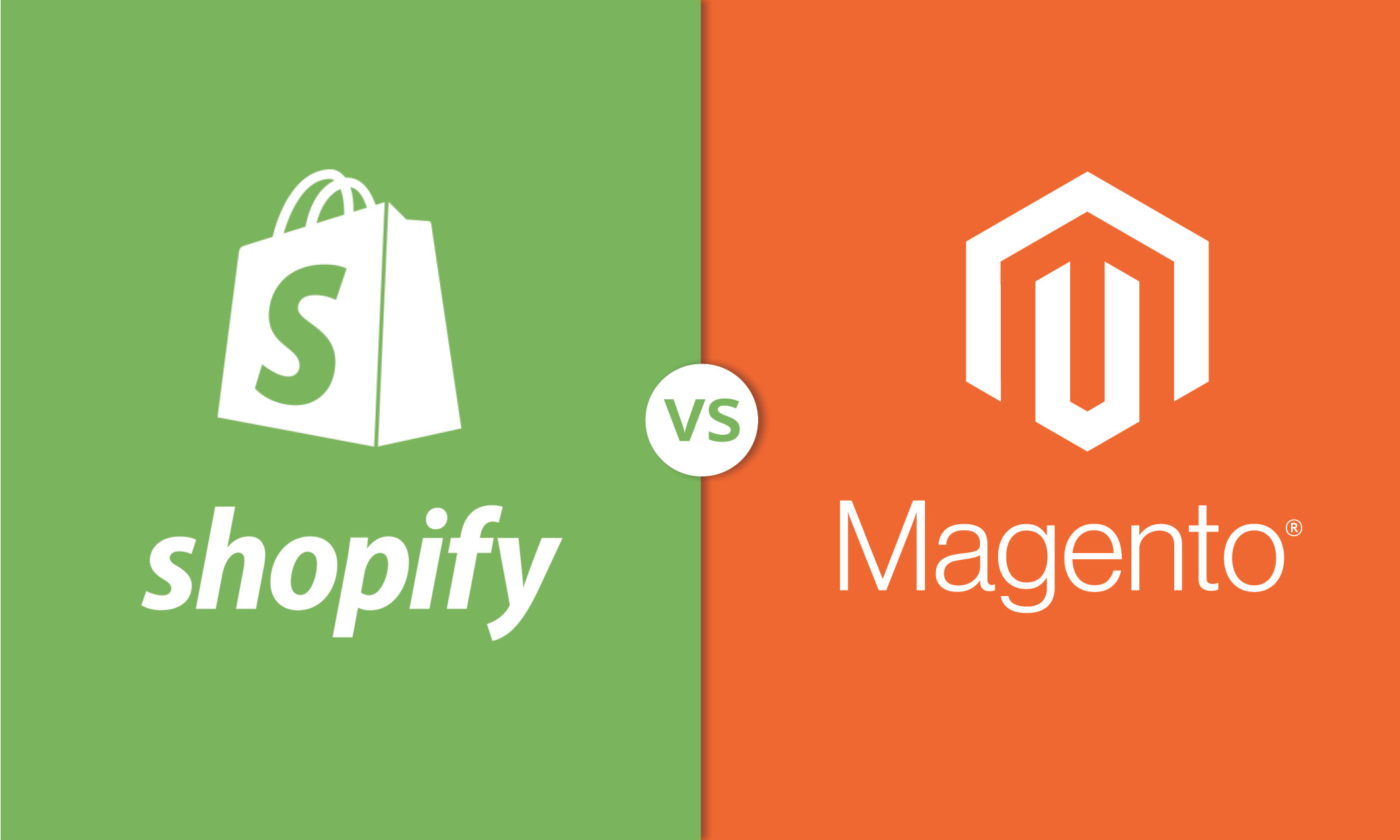Choosing a Platform: Pros and Cons of Shopify and Magento
Posted
03.03.2019
One of the first and most important decisions to make when launching an Ecommerce website is which platform to use. What you choose will greatly affect cost, ease of use, and the functionality options available; all of which could make a huge difference in the success of your business. To help in this decision we are breaking down two of the biggest players in Ecommerce: Shopify and Magento. Both platforms are widely used and highly acclaimed, but there are some major differences between the two. Understanding these differences will help you to easily understand which one is right for your business.
Shopify is a commercial product, while Magento is an open-source platform. Magento itself is free, however, you are responsible for your own hosting. Shopify hosts your website as part of the cost of using their platform.
Online store functionality:
Magento and Shopify both offer basic store functionality for customers and sellers. Store management is easy to use, including inventory management, which can be automated on both platforms. Both platforms are user-friendly and easy to maintain on a long-term basis, though Shopify’s might be easier for a beginner.
Inventory:
The number of products you have will greatly influence the platform you chose. Magento offers a virtually unlimited number of products in your store. All Shopify plans, except for the Shopify Starter Plan 25 product minimum, allow an unlimited number of products to be added and sold on your store. Although Magento allows unlimited products, your host’s server performance and website loading speed might have issues if there are too many products. Since Shopify is a fully managed and hosted platform, this is not a concern.
Add-ons and extensions:
While Magento seems like a clear winner by the sheer number off add-ons available (5,000+), Shopify’s 100+ come reviewed and cover almost anything an online store needs. The open source, community driven nature of Magento provides a wide mix of free and paid options to give your website anything you could think of, but a curated selection is often easier to find what you need on Shopify.
Ease of use and customization:
Both Shopify and Magento offer robust platforms that are customizable and powerful. Their user interfaces are both well designed and highly-functional. However, the ease of use is where Shopify really shines. Most novice users would be able to run an effective website through Shopify. Magento offers the most customization, but will generally require a developer’s assistance.
Other considerations:
- Shopify and Magento both offer discount code capabilities for any offers or promotions you want to run.
- Both platforms allow flexible and powerful options for calculation of shipping charges.
- The platforms both offer extensive SEO capabilities in order to help drive organic traffic to your store from search engines.
- Shopify limits the number of staff accounts that can access your store. If you want more than two staff members to have their own accounts, you need to upgrade to the $79/month plan. Magento has no limits on staff accounts.
- Both offer the capability of having a blog incorporated on your website, but if you are using Magento you’ll need an extension.
- Shopify stores are granted a free and immediate SSL certificates.
- Shopify offers stronger integrations, like the ability to create Shoppable Instagram posts through their platform.
Both platforms are powerful and offer a great deal of customization. However, Shopify’s ease of use tends to comes out a ahead as an Ecommerce platform.
No matter which platform you choose for your Ecommerce solutions, we are here to help with the strategy and design for a successful website. Let us help!
